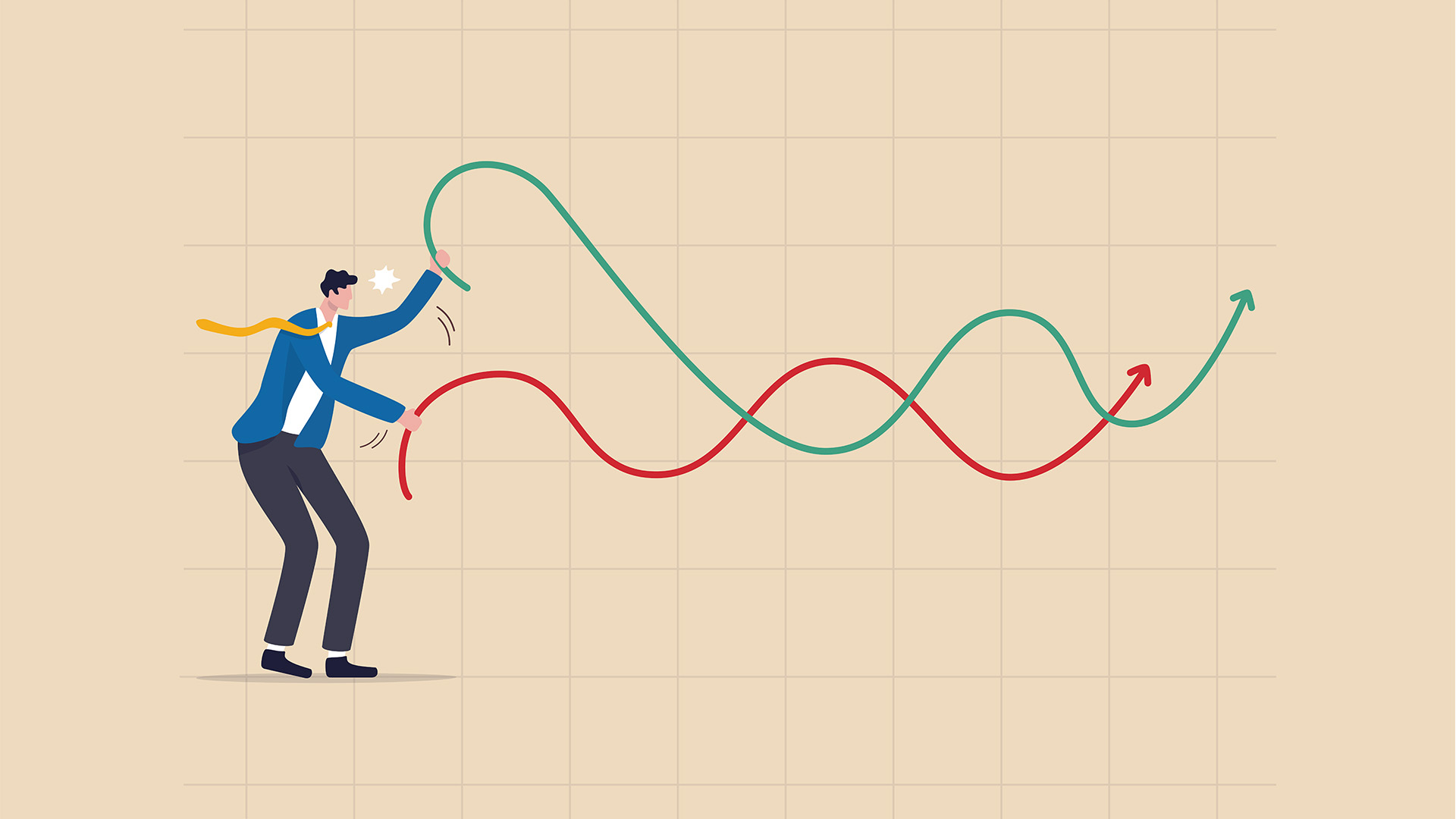A week ago yesterday, Reserve Bank Governor Philip Lowe said the central bank did not see a wage price spiral happening, despite excitable claims to the contrary from politicians of a conservative bent, business commentators, economists, brokers and business people with a similar ability to make a lot of noise.
Yesterday we got confirmation of the accuracy of Lowe’s comments in the December quarter and 2022 Wage Price Index data from the Australian Bureau of Statistics which revealed a slowing in the quarterly rate of growth but a pick-up in annual growth to the highest rate in nearly 11 years.
The ABS data showed the annual rate of growth in the Wage Price Index (WPI) rose to 3.3%, up from September’s upwardly revised 3.2% (3.1% originally), meaning employees in private and public organisation suffered their largest ever fall in real wages of 4.5% over 2022.
In fact, the WPI at 3.3% was less than the Reserve Bank’s latest forecast earlier this month of a 3.5% rise.
More importantly, the fall in real wages exceeded the size of the 3.3%rise in the WPI, meaning the most of the more than 13 million people employed in this country saw their wages go backwards in 2022, which the ABD data showed was the biggest fall in real wages ever recorded.
On a quarterly basis the story was also bad -the ABS data showed that growth in the WPI slowed to a quarterly rate of 0.8% compared with 1.1% in the three months to September when confident forecasts had it rising 1%.
With inflation rising 1.9% in the three months to December, wage earners went backwards at a faster rate – the rise in the WPI of 0.8% was well under the CPI in the period.
Wages in the private sector quickened to 3.6%, the highest since September quarter of 2012; while those in public accelerated to 2.5%, the highest since June quarter of 2019 (and limited because of the cap on wage rises in many areas of government.
In original terms, the wholesale trade industry recorded the highest annual growth since December quarter of 2012 at 4.2%, followed by manufacturing (4.0%), retail trade (3.9%), construction (3.8%), financial and insurance services (3.8%), professional, scientific and technical services (3.6%), accommodation and food services (3.5%), transport, postal and warehousing (3.3%).
The slowest rates were in the public sector capped areas, health care and social assistance (3.0%), and public administration and safety (2.5%), and education and training industry (2.4%) – most government employed and most of them frontline workers through the pandemic as well.
The ABS also pointed out that 21% of private sector jobs reported a wage increase in the December quarter, down from 23% in the September quarter, meaning wage pressures lessened a little in the final months of 2022.
While the ABS said the 3.3% annual growth rate was the fastest pace of wage growth since the September quarter of 2012, but the sharp slowdown in growth of the final quarter (when a bigger rise had been forecast) means the governor was right when he told Senate estimates in answer to a question about whether there was a wage price-spiral:
“At the moment, we don’t really see evidence of that occurring…We think that growth in the wage price index will get up to 4 per cent, maybe a bit higher, and probably not go much higher than that.
“But there are risks here,” he warned. “If we end up in the world that I was describing before, where people link wage increases one-for-one with inflation, then inflation will persist and it will be more difficult but at the moment, that’s not happening.
“The enterprise agreements that have been signed over the past four or five months have bigger wage increases this year. But then next year, they’re a bit lower again and we hear this from firms in our liaison program as well. They’re giving workers a bigger increase this year. But they’re saying to their workforce, next year we’ve got to go back to something more modest.”
Interesting, for the second quarter in a row, the ABS said that employees on individual arrangements (such as contracts) were a main driver of the rise – in the September quarter, individual employees in “market facing” sectors on the whole got bigger rises than those on awards or industry style enterprise bargaining agreements.
In the December quarter, individuals in market facing sectors had fewer pay rises in number than those on broader agreements, but the ABS said the individuals won bigger pay increases because they are in jobs where their skills or abilities are in greater demand. from employers.
…………
Across the Tasman yesterday another rate rise from the country’s central bank, despite the $8 billion and more of damage done to the North Island from Cyclone Gabrielle last week and the January 24 floods in Auckland.
The RBNZ lifted its official cash rate half a per cent to 4.75% and said more rises would be needed to bring inflation under control. It was the 10th rise in the cash rate in less than a year from the most gung-ho central bank in the developed world.
Gabrielle’s impact was noted but no leeway was given by the inflation-focused central bank.
“Cyclone Gabrielle and other recent severe weather events have had a devastating effect on the lives of many New Zealanders,” the RBNZ admitted.
“It is too early to accurately assess the monetary policy implications of these weather events, given that the scale of destruction and economic disruption are only now becoming evident.
“The timing, size, and the nature of funding the Government’s fiscal response are also yet to be determined.
“The Committee’s current assessment is that over coming weeks, prices for some goods are likely to spike and activity will be weaker than previously expected.
“Export revenues will be negatively impacted.
“Monetary policy is set with a medium-term focus, and the Committee will look through these short-term output variations and direct price effects.
“In time, the infrastructure and community rebuild will add to activity and inflationary pressures, especially given existing capacity constraints in the economy.”
So no immediate comfort or help from monetary policy from the RBNZ, it is all about the process and the outcome not about giving temporary assistance to help offset the financial impact of the rain, the floods and other damage, let along the damage to morale.
The bank said the cash rate “still needs to increase, as indicated in the November Statement, to ensure inflation returns to within its target range over the medium term.”
“While there are early signs of price pressure easing, core consumer price inflation remains too high, employment is still beyond its maximum sustainable level, and near-term inflation expectations remain elevated.
“Domestically, demand remained robust through 2022 underpinned by resilient household spending, construction activity, government spending, and a swift recovery in international tourism as the border reopened. Labour shortages remain a significant constraint on economic activity, contributing to heightened wage inflation. People are moving jobs at an elevated pace, consistent with labour shortages and strong demand.
“While there are early signs of demand easing it continues to outpace supply, as reflected in strong domestic inflation. The Committee agreed that monetary conditions need to tighten further, as indicated in the November Statement, so as to be confident there is sufficient restraint on spending to bring inflation back within its 1 to 3% per annum target range. “
With the RBNZ already worried about the inflationary impact of the rebuilding of the North Island, Kiwis can expect their central bank will continue to penalise them with higher interest rates for longer through no fault of their own.












